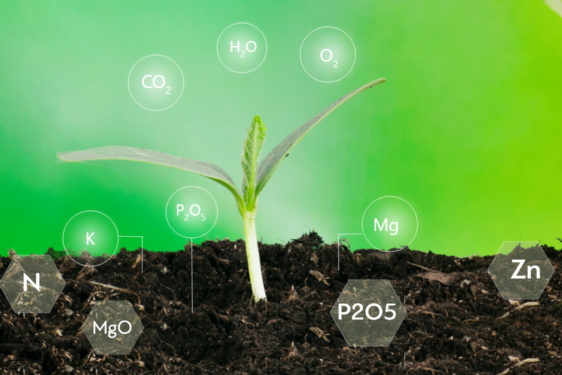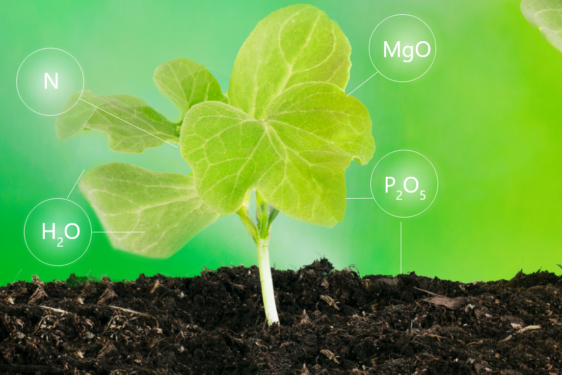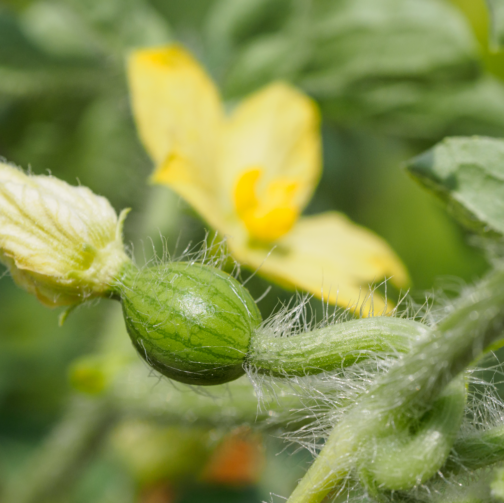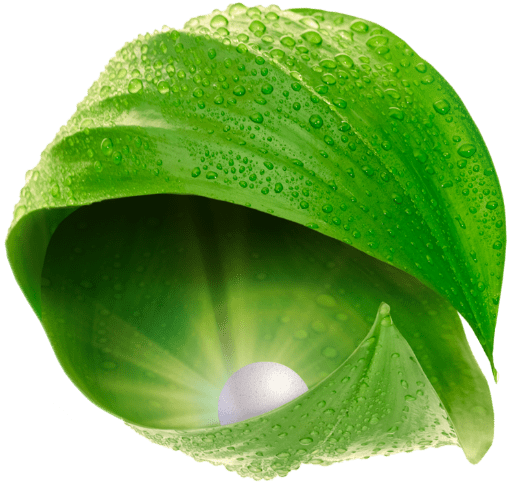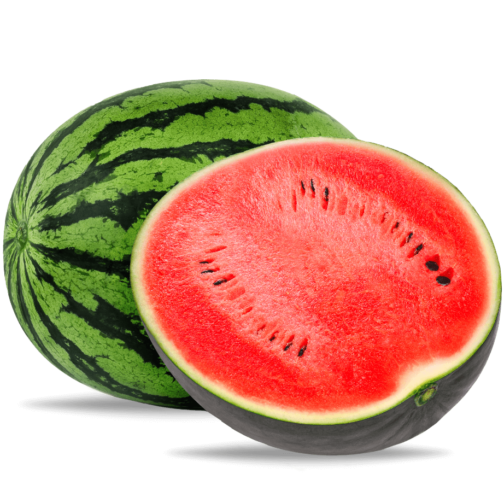
Watermelon
Watermelon (Citrullus lanatus)
It is an annual herbaceous trailing plant of the cucurbitaceous family. It is considered one of the most widely grown crops worldwide. In terms of consumption, watermelon ranks first, compared to other Cucurbitaceae, and it is estimated that there are over 1200 varieties of watermelon worldwide.
Since the fruit consists of about 90% water, the irrigation factor is quite important for the smooth growth of the crop. Moreover, watermelon is a plant with high nutrient requirements, therefore, maintaining a rational and balanced nutrition is essential to achieve its maximum production potential. The harvested fruit contains a significant amount of sugars, vitamins A, B and C.
Particular characteristics
Watermelon is ian annual herbaceous trailing plant, the flowers of which are borne in the axils of the leaves at the nodes of the shoots. The plant is monoecious, dioecious & hermaphroditic. The female flowers are on a higher-order stem, while the male flowers are on lower-order stems, at a lower height, on the central stem.
The fruit differs from other Cucurbitaceae because there is no empty space inside, as this is occupied by the placenta, which is the edible part of the fruit.
Watermelon is nutrient-demanding, including both Macronutrients and Micronutrients. As a Cucurbitaceae, it has a high nitrogen assimilation capacity. Phosphorus is strongly required at critical stages such as establishment and fruit setting, while Potassium, is quite a critical nutrient for fruit growth – ripening. Quite a bit of attention is needed for both proper Magnesium nutrition and the Potassium – Calcium ratio in relation to Magnesium. Calcium, influencing important characteristics such as flesh consistency and fruit hardness, needs a great deal of attention.
Harvesting takes place when the flesh is sweet, but not in the overripe phase. Average yields range from 8 to 15 tons per stremma, depending on the cultivation method, variety, grafting method, fertilisation practice, etc.
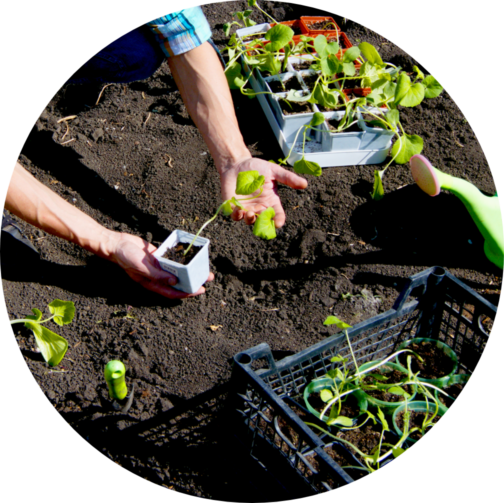
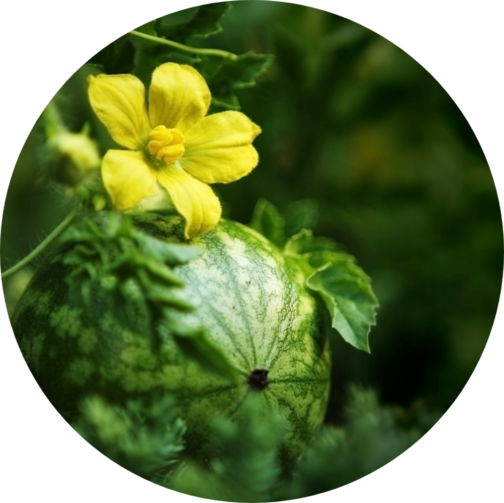
Adaptability
Watermelon is a warm season plant, requiring a period of at least 3 months of high temperatures. The ideal average growing temperatures between day and night are 30°C and 21°C, respectively. It is a light-neutral plant and fairly water-demanding. In fact, it has been estimated that the average water requirements of an ha of watermelon, grown under low canopies, amount to 225m3/stremma, while when grown outdoors, to 510m3/stremma.
In terms of soil, watermelon performs best in fertile, deep, high organic matter, humus and well-drained soils. As a partially acidophilic plant, it also grows well in acidic soils (pH = 5,5 – 6,5).

